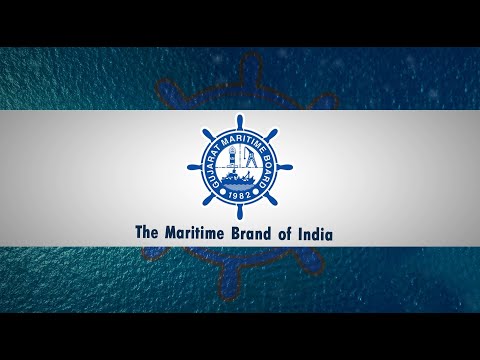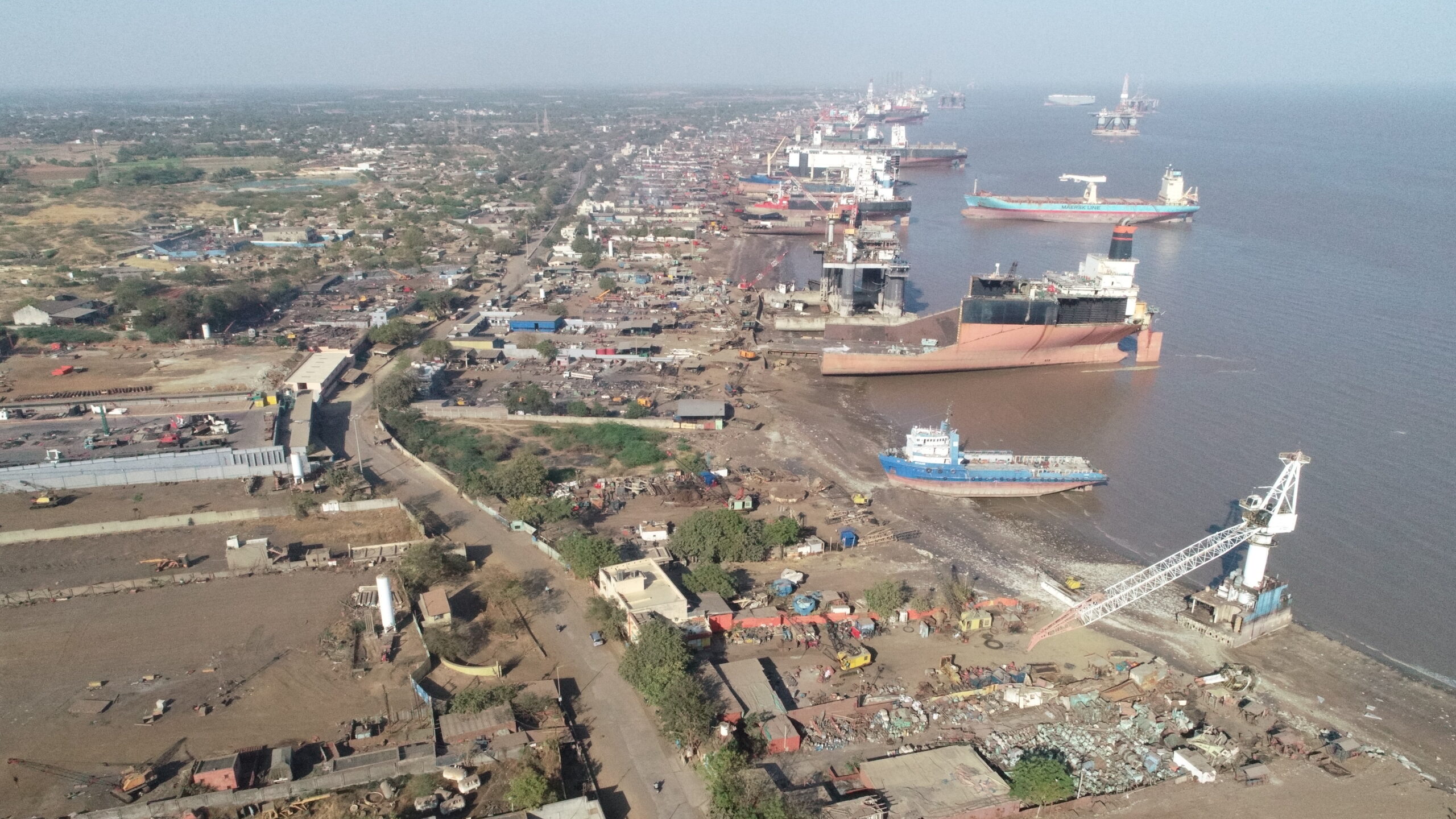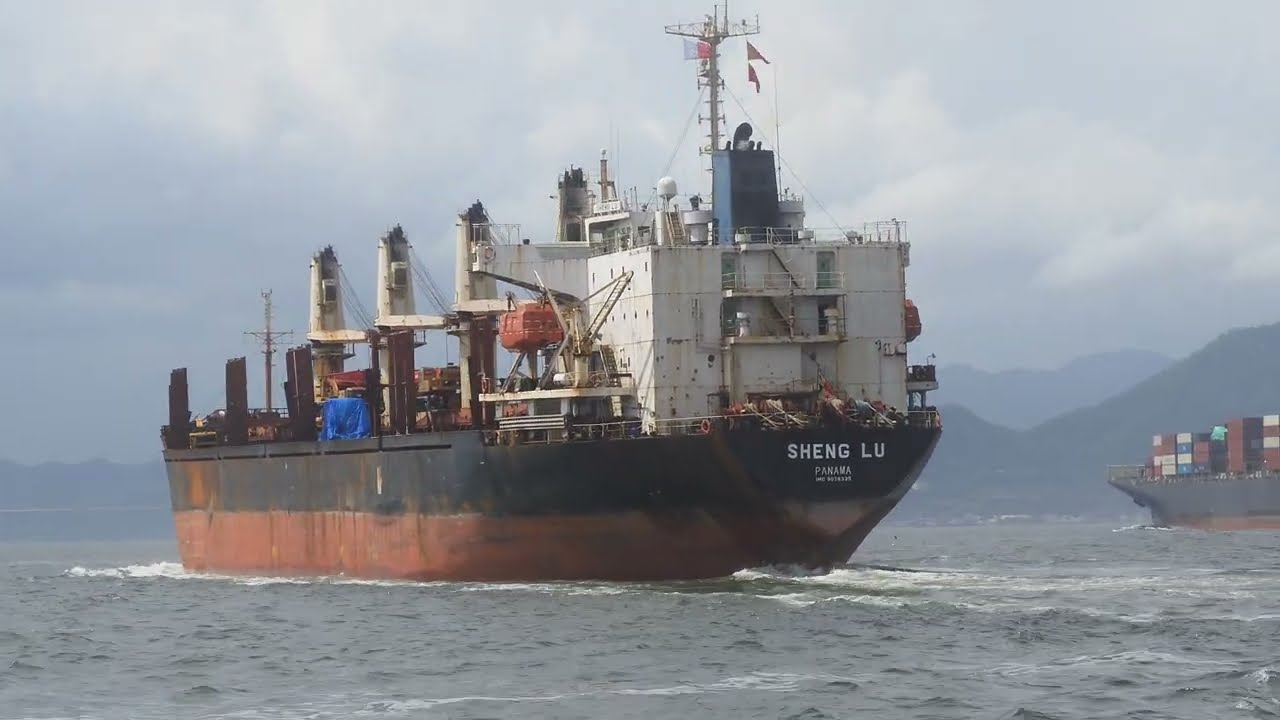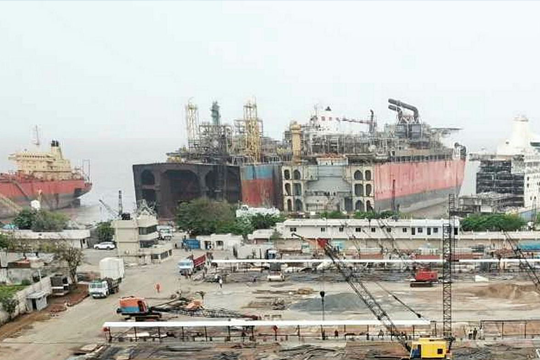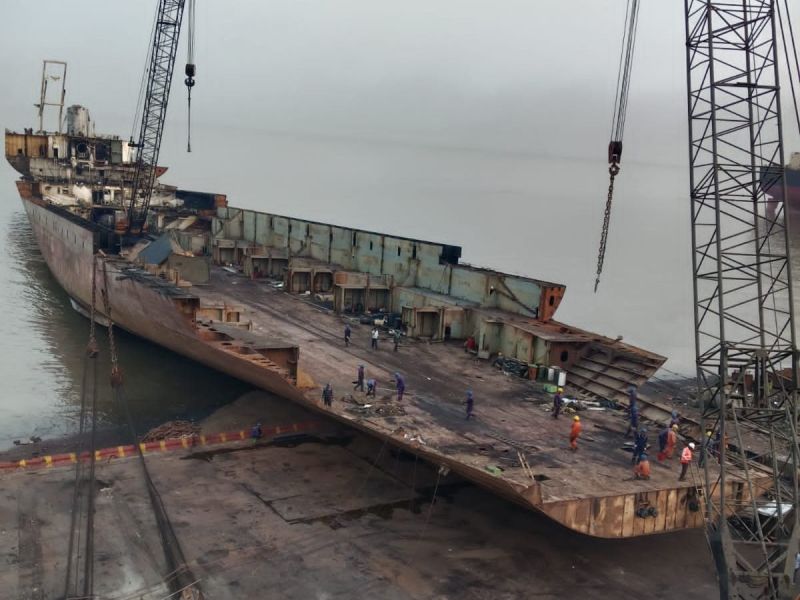Breaking of Old Scrap Ships is Posing a Serious Threat to the Lives of Workers and Polluting the Coastal Environment in BANGLADESH
Sitakunda, a coastal area in Chattogram district, Bangladesh, is home to one of the largest shipbreaking industries in the world. While this industry contributes significantly to the economy by recycling metals and generating employment, it is also posing a grave threat to the lives of workers and causing alarming environmental degradation. The process of breaking down old scrap ships is fraught with risk, and the lack of adequate safety measures has led to multiple accidents, fatalities, and long-term environmental consequences.

The Hazards Faced by Shipbreaking Workers
Shipbreaking, a labour-intensive process, involves dismantling old ships to recover scrap metal and other valuable materials. In Sitakunda, this industry employs around 40,000 workers who are often unskilled and lack proper safety training. Most of these workers operate under precarious conditions, without sufficient protective gear, and are exposed to toxic chemicals, heavy machinery, and explosive materials.
One of the most recent accidents in the area occurred on September 7, when a gas tank explosion at the green shipbreaking yard of SN Corporation left 12 workers critically injured with severe burns. The accident underscores the dangers inherent in the job, even in yards that are supposed to adhere to higher safety standards. Of the 12 injured workers, five have died so far, while the remaining seven are undergoing treatment for burn injuries. Following the incident, the authorities imposed a three-month suspension on SN Corporation as part of disciplinary action.
Shipbreaking accidents are not rare in Sitakunda. According to local sources, accidents frequently occur during the dismantling of ships, leading to deaths and injuries. Workers often face life-threatening hazards, such as falling from heights, being crushed by heavy metal, or exposure to harmful gases and chemicals. The lack of proper equipment and training exacerbates these risks, leaving workers vulnerable to fatal accidents.
Lack of Safety Measures
Despite the severity of the hazards involved, most shipbreaking yards in Sitakunda do not provide adequate safety measures for their workers. Protective equipment such as helmets, gloves, and safety harnesses are often either unavailable or of poor quality. Moreover, safety protocols like fire prevention measures and emergency response systems are rarely implemented. This disregard for worker safety reflects the larger problem of unregulated practices within the industry.
Out of more than 140 shipbreaking yards in Sitakunda, only about 70 are active. Many yards that are inactive do not follow any standard safety protocols, and even in active yards, safety regulations are often lax. While there are a few green shipbreaking yards like PHP Ship Recycling and Kabir Ship Recycling Facilities that claim to follow higher safety standards, accidents still happen. The recent explosion at SN Corporation, which is also a greenyard, raises questions about the actual enforcement of safety measures in the industry.
According to Mohammad Ali Shahin, program manager of the non-governmental organization YPSA and a shipbreaking expert, some Bangladeshi shipbreakers mislead the international market by claiming to have green certification. These certificates, often issued by foreign agencies, are meant to verify that a yard meets environmental and safety standards. However, Shahin notes that the certificates are sometimes issued based on superficial inspections, and many yards do not meet international safety requirements.
Environmental Pollution: A Growing Concern
In addition to the human cost, the shipbreaking industry in Sitakunda is also wreaking havoc on the environment. The process of breaking down ships generates large amounts of hazardous waste, including oil, asbestos, heavy metals, and toxic chemicals. Much of this waste is either released into the sea or dumped on land, leading to severe contamination of the local environment.
Locals have reported that the seawater, air, and overall environment in the Sitakunda area are being polluted by the shipbreaking industry. Liquid and solid waste from the yards are frequently released into the sea, affecting marine life and contaminating the water. The air in the surrounding areas is also polluted with harmful fumes from cutting and welding operations, contributing to respiratory problems among residents.
The Department of Environment (DoE) of Bangladesh categorized the shipbreaking industry as “Red” on April 26 of the previous year, signalling its potential to cause significant harm to both the environment and public health. Despite this classification, the situation has not improved, and the industry has yet to be reclassified as “Orange,” a lower-risk category. The lack of effective regulatory oversight allows many yards to continue their operations without addressing environmental concerns.
Furthermore, around 40 shipbreaking yards in Sitakunda claim to be ISO 30000 certified, a standard meant to ensure environmentally sound management of ship recycling activities. However, a researcher from a local NGO revealed that many of these yards do not actually meet the requirements of international standards. This discrepancy highlights the gap between the industry’s claims and its actual practices, further complicating efforts to mitigate environmental damage.
Land Occupation and Exploitation
Another pressing issue in Sitakunda is the occupation of coastal lands by shipbreakers. Some of the shipbreaking companies have allegedly taken control of large areas of coastal land by leasing them from the district administration. These lands, which are meant for public use or environmental preservation, are instead being used for industrial purposes, contributing to environmental degradation and disrupting local livelihoods.
The concentration of the shipbreaking business in the hands of a few powerful players has also led to monopolistic practices. According to reports, a handful of shipbreakers have cornered the market for scrap iron, leaving smaller players struggling to survive. This concentration of economic power further exacerbates social inequality in the region, as local communities bear the brunt of the industry’s negative impacts while receiving few of its benefits.
The Need for Reform
The situation in Sitakunda highlights the urgent need for reform in the shipbreaking industry. Stricter enforcement of safety regulations and environmental standards is crucial to protect both the workers and the local ecosystem. International organizations, the Bangladeshi government, and local NGOs must work together to ensure that the industry operates in a manner that is both safe and sustainable.
At the same time, there is a need for greater transparency in the industry’s certification process. Green certifications and ISO standards should be issued only after thorough inspections and regular monitoring, rather than based on superficial assessments. This will help prevent companies from misleading the international market and ensure that shipbreaking yards genuinely comply with global safety and environmental standards.
In conclusion, the shipbreaking industry in Sitakunda presents a complex set of challenges. While it provides jobs and supports the local economy, the human and environmental costs are too high to ignore. Without immediate action to address the lack of safety measures and the industry’s environmental impact, the lives of workers and the future of Sitakunda’s coastal environment remain in jeopardy.
Author: shipping inbox
shipping and maritime related web portal




